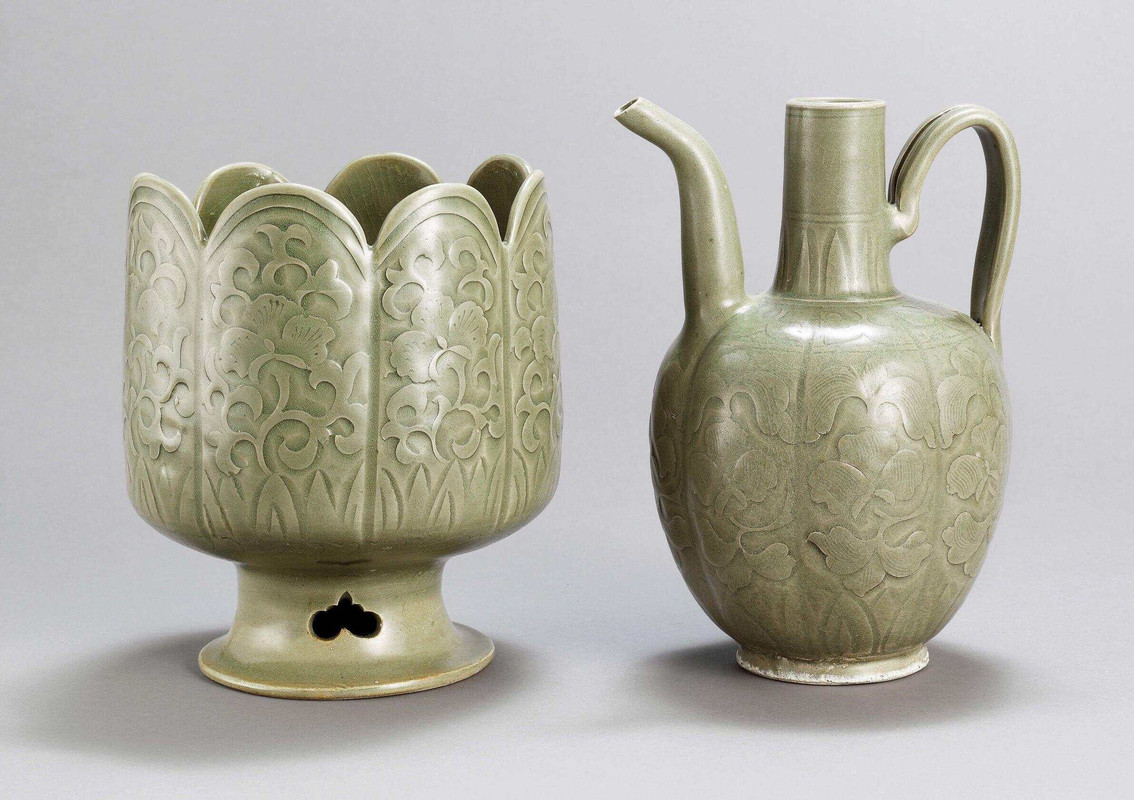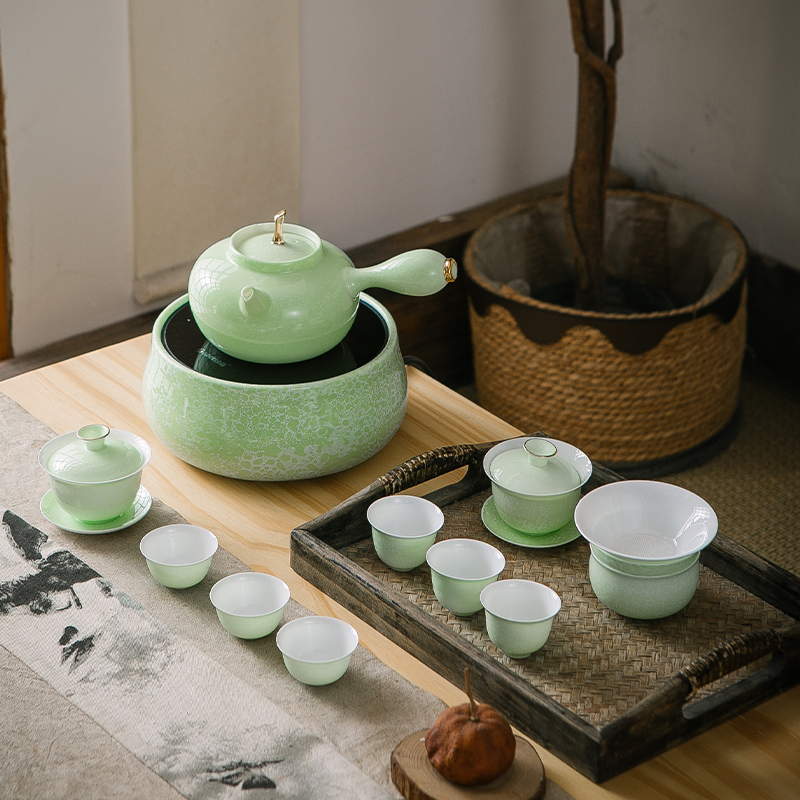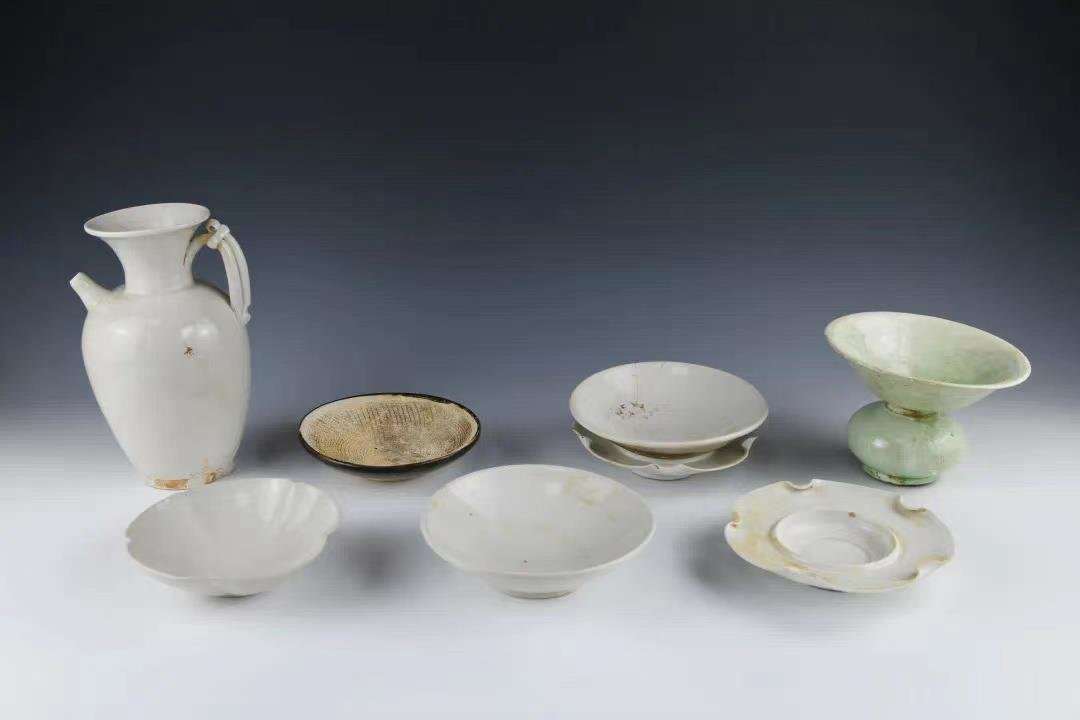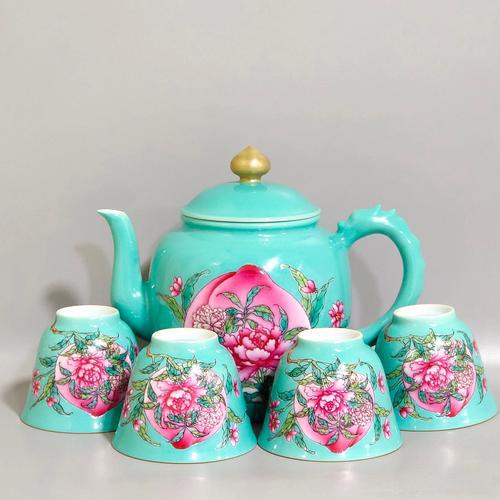The story of tea utensils is a testament to humanity’s ingenuity and cultural refinement, spanning millennia and traversing continents. From the earliest clay vessels in ancient China to the ornate porcelain sets of European salons, these tools have not only shaped the ritual of tea-making but also mirrored the socio-cultural evolution of civilizations.
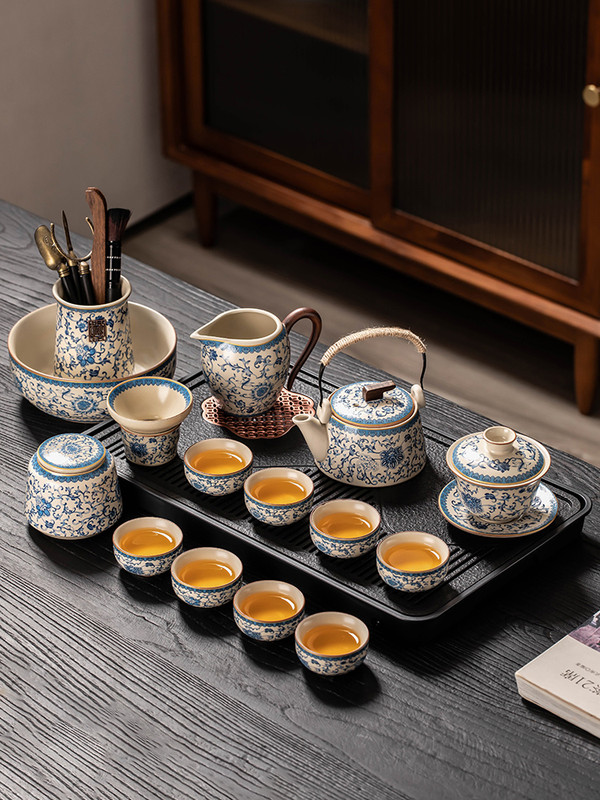
China: The Cradle of Tea Utensils
The origins of tea consumption in China date back to the 3rd millennium BCE, with legends attributing its discovery to Emperor Shennong. However, it was not until the Tang Dynasty (618–907 CE) that tea drinking evolved from a medicinal practice to a cultural ritual, necessitating specialized utensils. Archaeological discoveries, such as the 2021 finding in Shandong Province, reveal that by the Warring States period (475–221 BCE), tea was already being brewed in ceramic vessels.
The Tang Dynasty marked a golden age for tea utensils. The Famen Temple Treasures, unearthed in 1987, included a exquisite set of gold and silver tea tools—a tea mill, sieve, and spoon—commissioned by Emperor Xizong for Buddhist rituals. These artifacts, alongside Lu Yu’s seminal work The Classic of Tea (760–780 CE), codified the aesthetics and functionality of tea ware. Lu Yu emphasized simplicity and harmony, advocating for utensils made of bamboo, clay, or iron, which could enhance rather than overshadow the tea’s flavor.
The Song Dynasty (960–1279 CE) introduced black-glazed tea bowls and tea whisks for the frothy whipped tea ritual, while the Ming Dynasty (1368–1644 CE) popularized purple clay teapots from Yixing, prized for their porosity and ability to retain heat. By the Qing Dynasty (1644–1912 CE), tea utensils had become status symbols, with imperial workshops producing jade-handled cups and enameled porcelain sets for elaborate banquets like Emperor Qianlong’s “Three Clarities Tea Feast.”
Japan: Zen and the Art of Tea Utensils
Tea was introduced to Japan in the 9th century by Buddhist monks, but it was not until the 16th century that Sen no Rikyū revolutionized tea culture. He championed wabi-cha (“tea of simplicity”), rejecting Chinese opulence for rustic, handcrafted utensils. Rikyū’s iconic chawan (tea bowl) was often a mismatched, imperfect piece, embodying Zen principles of transience and authenticity. Key tools like the chasen (bamboo whisk) and chashaku (tea scoop) became symbols of mindfulness, with each utensil chosen to reflect the season or host’s mood.
Europe: From Exotic Novelty to Cultural Icon
Tea arrived in Europe via Dutch traders in the early 17th century, with the Dutch East India Company importing porcelain sets from China. By 1657, tea was advertised in London as a “China Drink,” and by 1700, it had become a British obsession. Early European tea sets mirrored Chinese prototypes but soon adapted to local tastes. Silver teapots with ebony handles, cream jugs, and sugar bowls emerged, reflecting the British penchant for symmetry and display.
The Russian tea tradition also flourished in the 18th century, with the samovar—a metal urn for boiling water—becoming a household staple. Unlike the delicate Chinese ritual, Russian tea was consumed strong and sweet, often with jam or honey, and the samovar symbolized hospitality and communal bonding.
Global Synthesis: From Function to Philosophy
Tea utensils have transcended their utilitarian purpose to embody cultural values. Chinese tools reflect harmony with nature, Japanese utensils embody Zen austerity, and European sets mirror colonial-era luxury. Today, the legacy of these ancient artifacts endures in modern teaware, where minimalist designs and sustainable materials pay homage to a tradition that has linked civilizations for millennia.
In conclusion, the history of tea utensils is a microcosm of global cultural exchange. From the first clay pots in China to the silver services of 18th-century England, these objects have not only shaped the ritual of tea-making but also served as vessels of identity, innovation, and connection.
